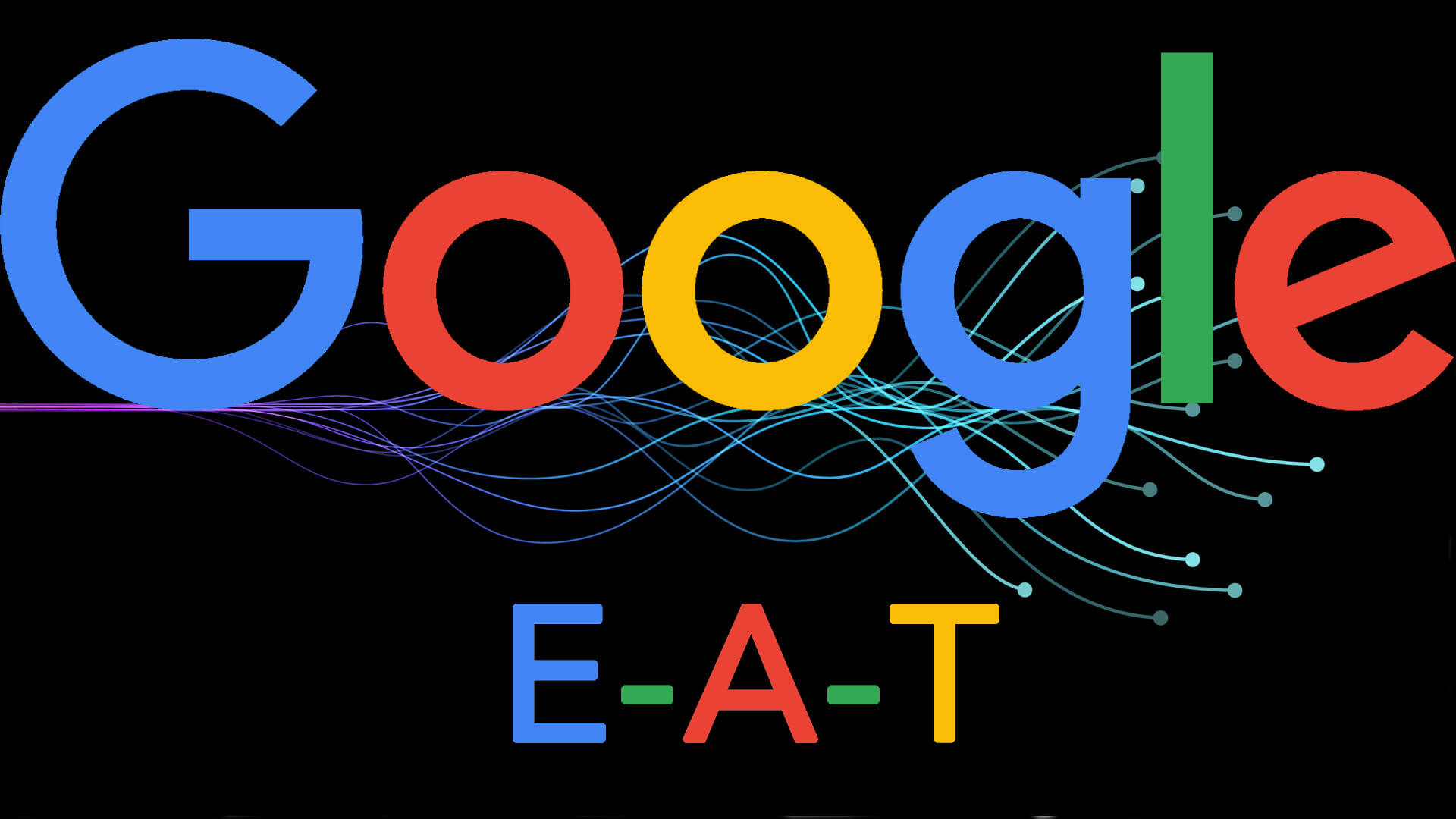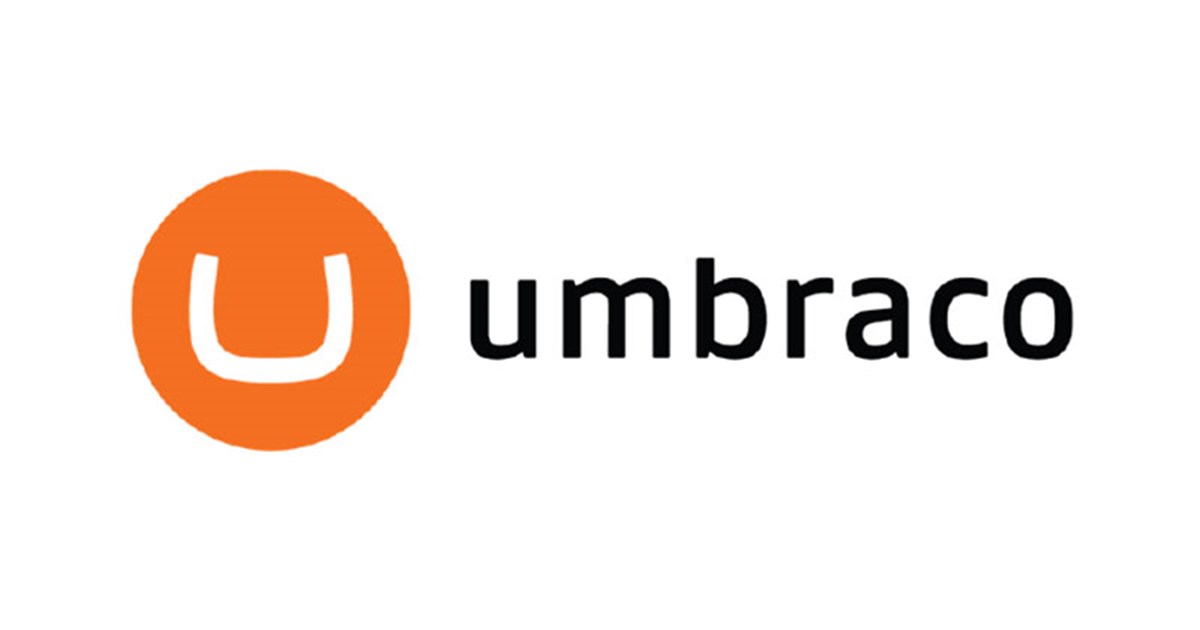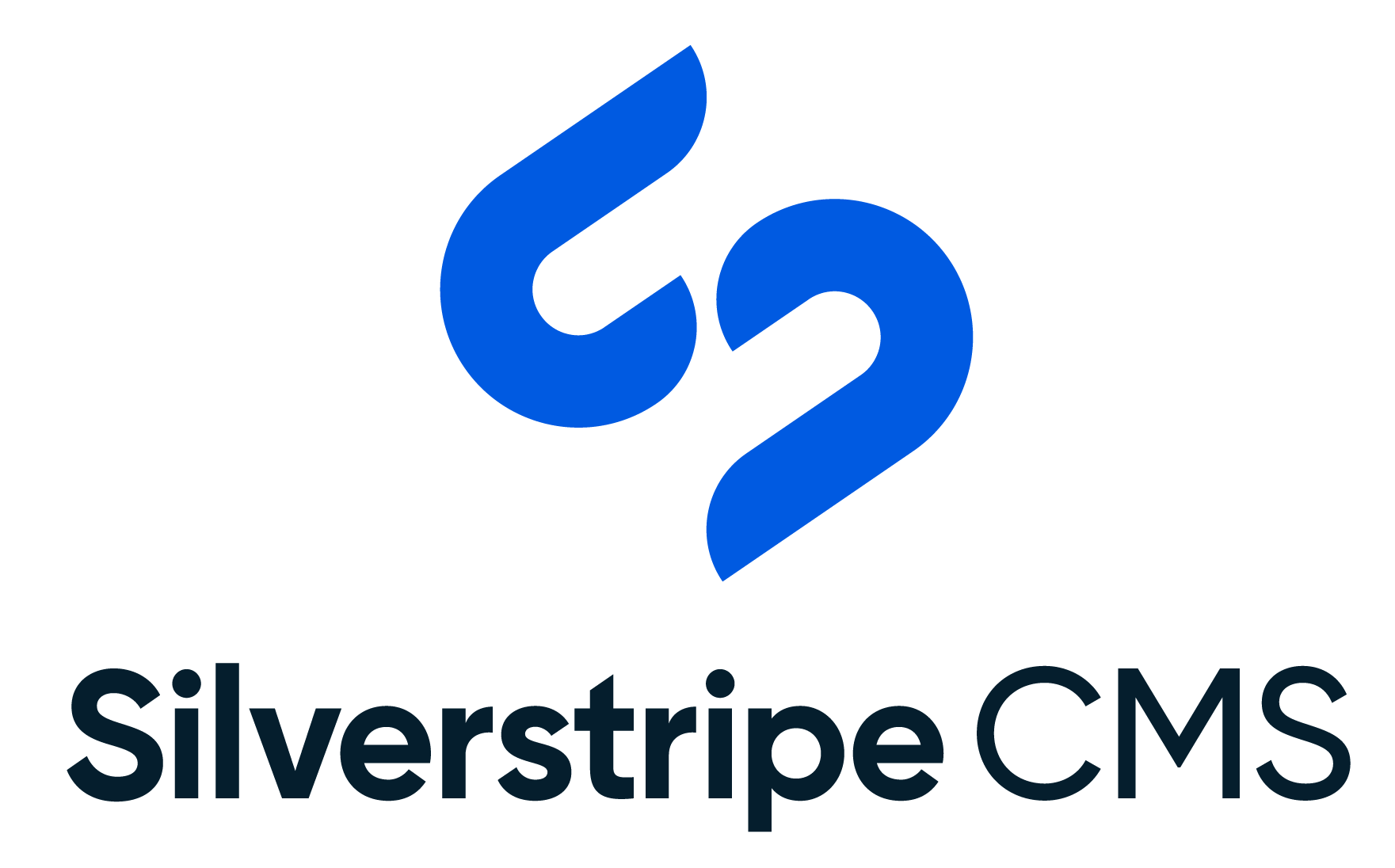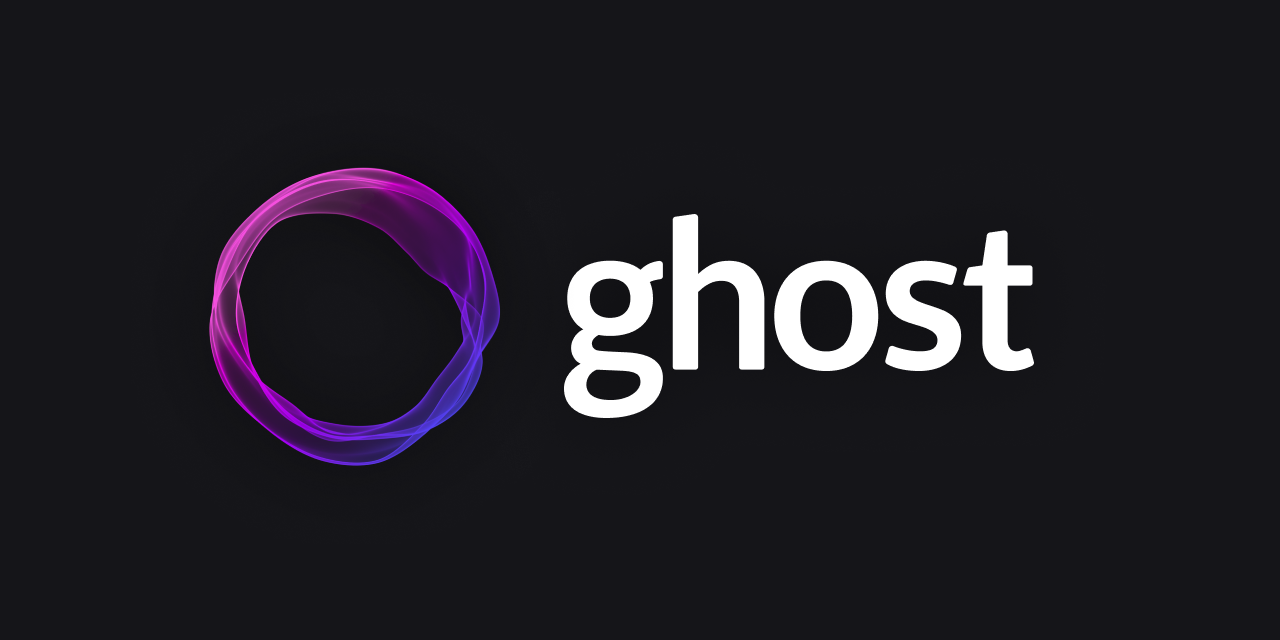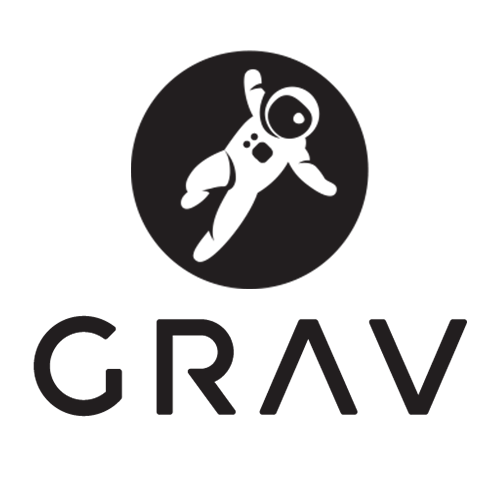The legalization of cannabis in various jurisdictions has paved the way for a rapidly growing industry. While legalization brings a range of opportunities, the cannabis sector faces unique challenges when it comes to digital marketing. Despite the legality, many cannabis businesses struggle to establish a robust online presence due to a complex web of regulations, societal perceptions, and evolving advertising platforms. This article provides a comprehensive exploration of the challenges faced by the legal cannabis industry in digital marketing and offers insights into strategies that can help overcome these hurdles.
Navigating the Complex Web of Regulations
1. Fragmented Regulations
Even in regions where cannabis is legal, regulations governing its marketing and advertising can be fragmented and inconsistent. These regulations vary from state to state and country to country, making it challenging for businesses to develop cohesive digital marketing strategies that comply with all applicable laws.
2. Platform Restrictions
Major digital advertising platforms like Google and Facebook have stringent policies when it comes to cannabis-related content. These platforms often prohibit the promotion of cannabis products, making it difficult for businesses to utilize these popular channels for advertising and promotion.
Societal Perceptions and Stigma
1. Lingering Taboos
Despite legalization, lingering societal taboos surrounding cannabis can hinder effective digital marketing efforts. Many consumers may still associate cannabis with negative stereotypes and may be hesitant to engage with cannabis-related content.
2. Overcoming Stigmatization
To counter the stigma, cannabis businesses must focus on education and information dissemination. By providing accurate and reliable information about the benefits, uses, and regulations surrounding cannabis, brands can work to change perceptions and build trust.
Digital Marketing Strategies for the Legal Cannabis Industry
1. Content Creation and Education
In the face of advertising restrictions, the cannabis industry can focus on content creation and education. By producing informative and valuable content that addresses consumer questions and concerns, businesses can establish themselves as credible sources of information.
2. SEO and Local Optimization
Search Engine Optimization (SEO) remains an essential strategy for cannabis businesses. By focusing on local SEO, dispensaries and retailers can ensure that their websites appear in local search results when potential customers are looking for cannabis-related products.
3. Social Media Engagement
While mainstream platforms have limitations, alternative social media platforms cater to niche interests, including cannabis. Businesses can leverage these platforms to engage with a targeted audience that shares an interest in cannabis products.
4. Influencer Partnerships
Collaborating with influencers who are well-versed in the cannabis industry can provide a channel to reach a wider audience. These influencers can offer authentic insights and reviews, resonating with consumers who trust their recommendations.
5. Email Marketing and Direct Outreach
Email marketing remains a powerful tool for direct communication with a targeted audience. Businesses can use newsletters to share updates, product launches, and educational content, creating a direct connection with subscribers.
Innovative Approaches to Overcome Challenges
1. Leveraging User-Generated Content
Encouraging user-generated content allows cannabis businesses to showcase real customer experiences and testimonials. This approach can help create a sense of community and trust among potential customers.
2. Cannabis-Themed Events and Webinars
Hosting webinars or virtual events centered around cannabis education and product information can offer valuable insights to consumers. These events can help bridge the information gap and build a loyal customer base.
3. Advocacy and Collaborative Efforts
The legal cannabis industry can benefit from collaborative efforts to advocate for more lenient advertising regulations. Associations and industry groups can play a significant role in working with policymakers to address the challenges faced by the sector.
The Road Ahead: Adaptation and Growth
1. Continued Evolution of Regulations
As the cannabis industry matures, it’s likely that regulations will evolve and become more consistent. Businesses must stay informed about changing rules and adapt their digital marketing strategies accordingly.
2. Investment in Research and Data
To overcome challenges and refine strategies, data-driven insights are crucial. Cannabis businesses should invest in gathering data about their target audience, their preferences, and their engagement patterns.
3. Embracing Innovation
The cannabis industry can benefit from embracing emerging technologies such as augmented reality (AR) and virtual reality (VR) to create immersive educational experiences for consumers.
Conclusion
The legal cannabis industry’s journey in digital marketing is characterized by a delicate balance between legality, stigma, and innovation. Navigating the complexities of regulations, overcoming societal stigmatization, and adapting strategies to the unique landscape of the cannabis sector are paramount for success.
Through content creation, education, and engagement, cannabis businesses can build credibility, trust, and loyalty among their audience. As regulations evolve and societal perceptions shift, the cannabis industry’s digital marketing landscape will undoubtedly transform, offering new avenues for growth and engagement. By embracing innovation, advocating for change, and remaining committed to providing accurate and valuable information, the legal cannabis industry can carve out a significant digital presence and thrive in the digital age.




